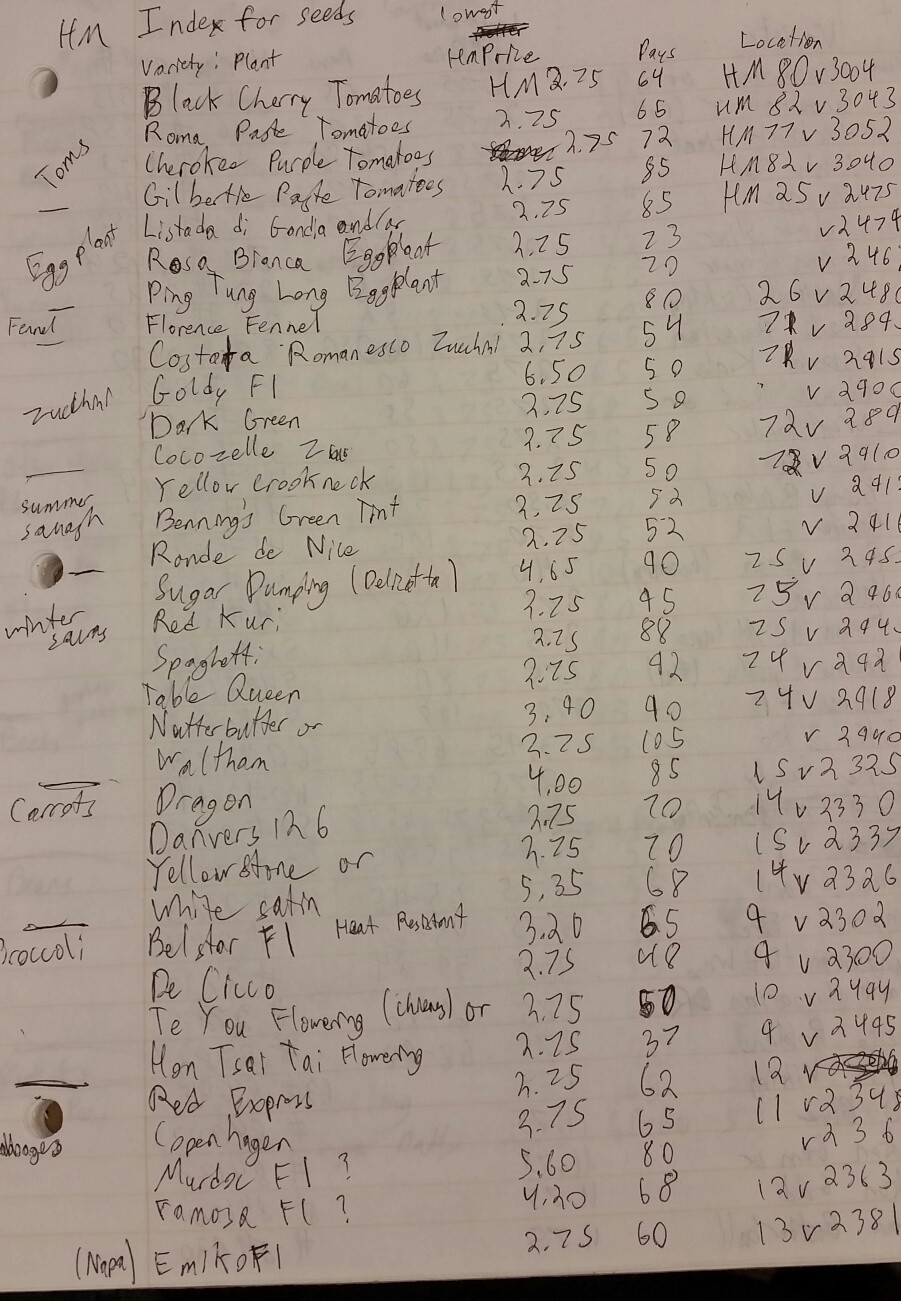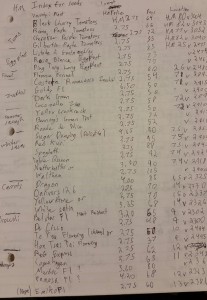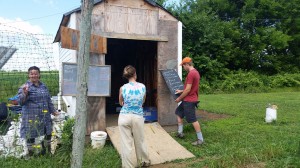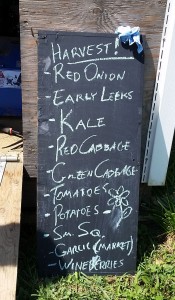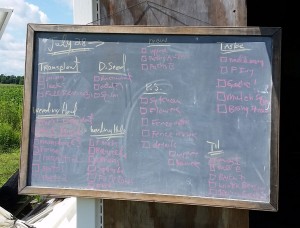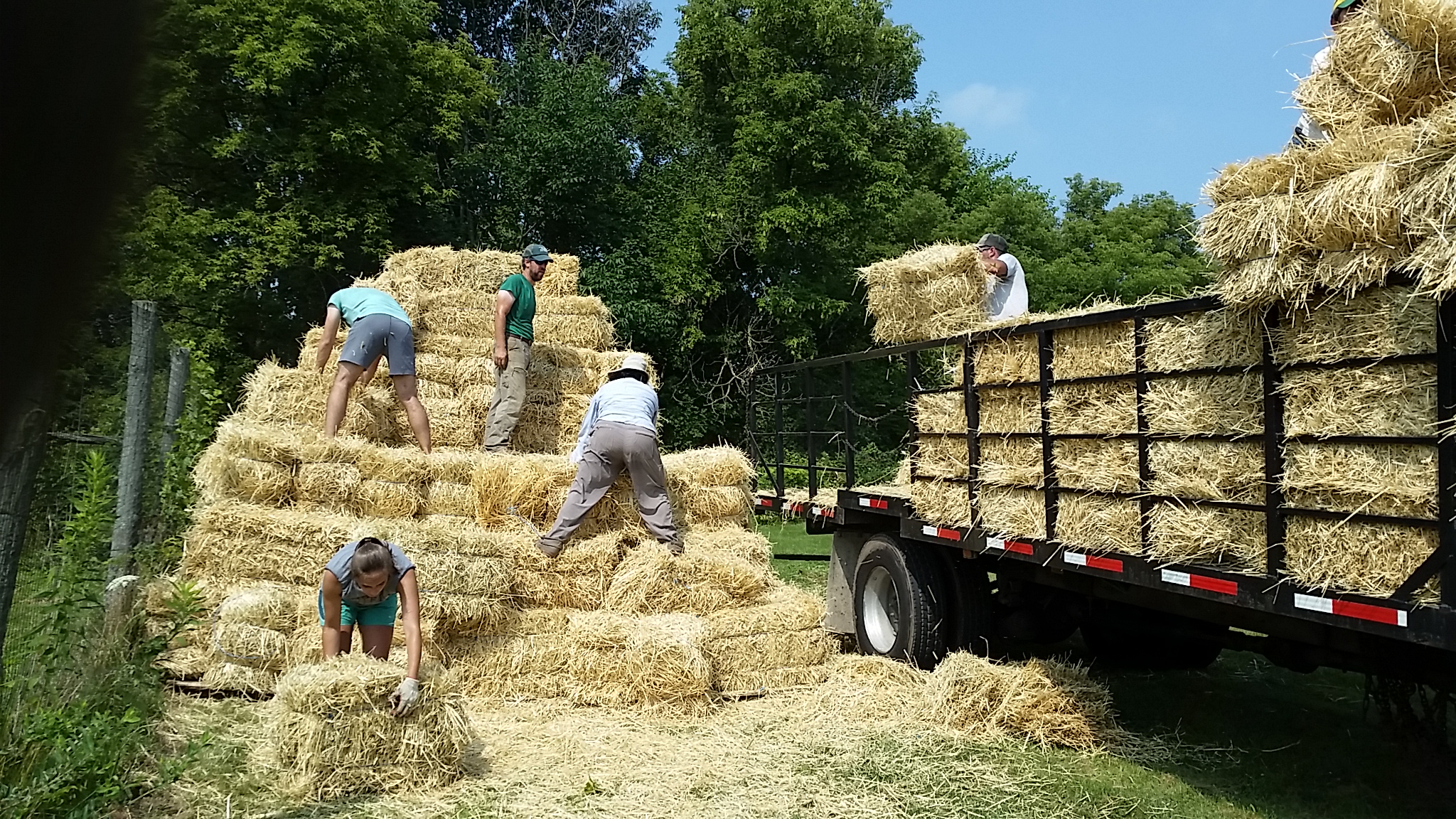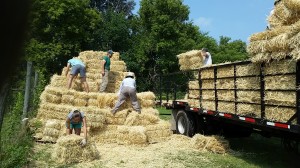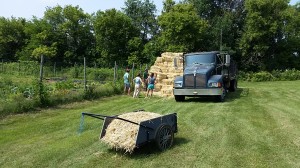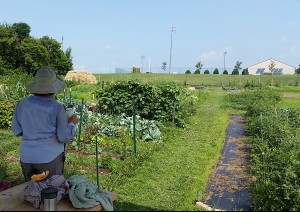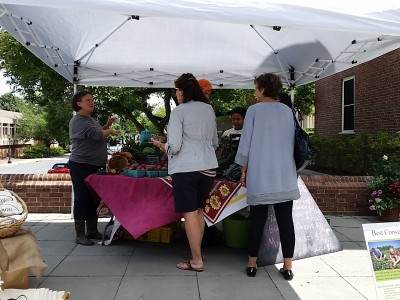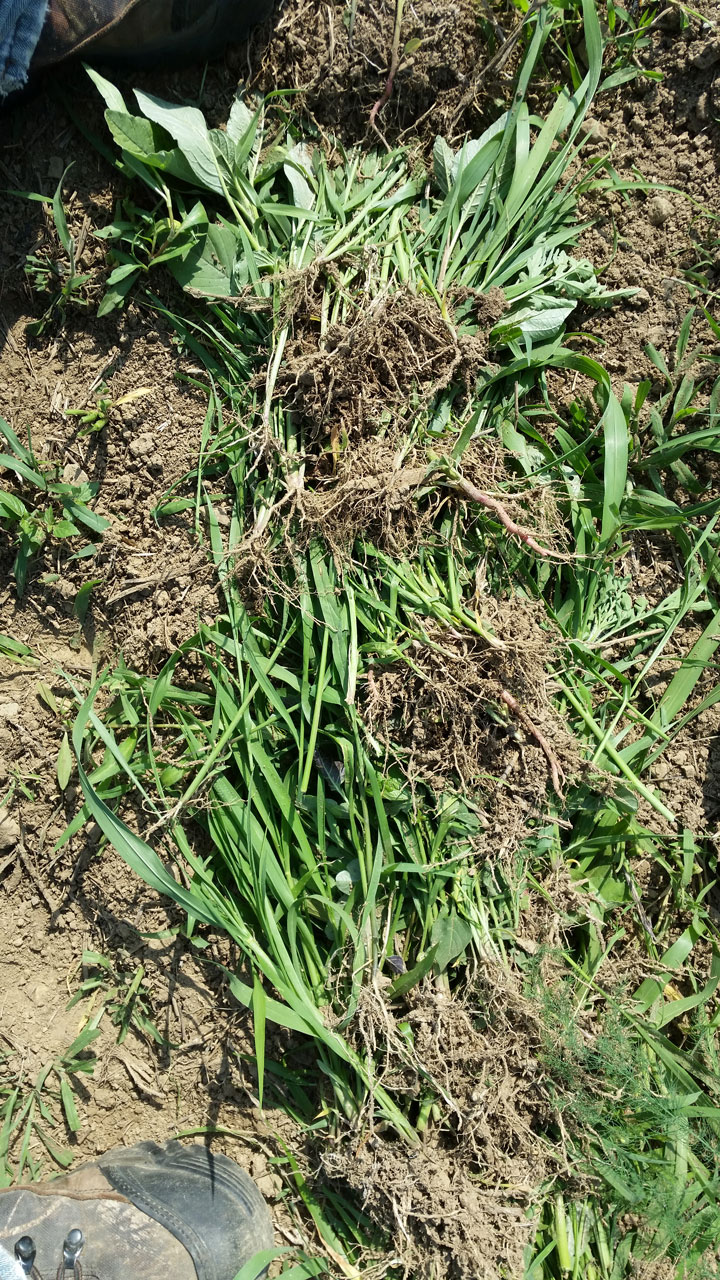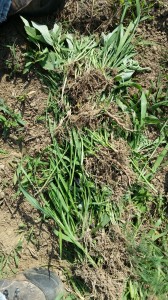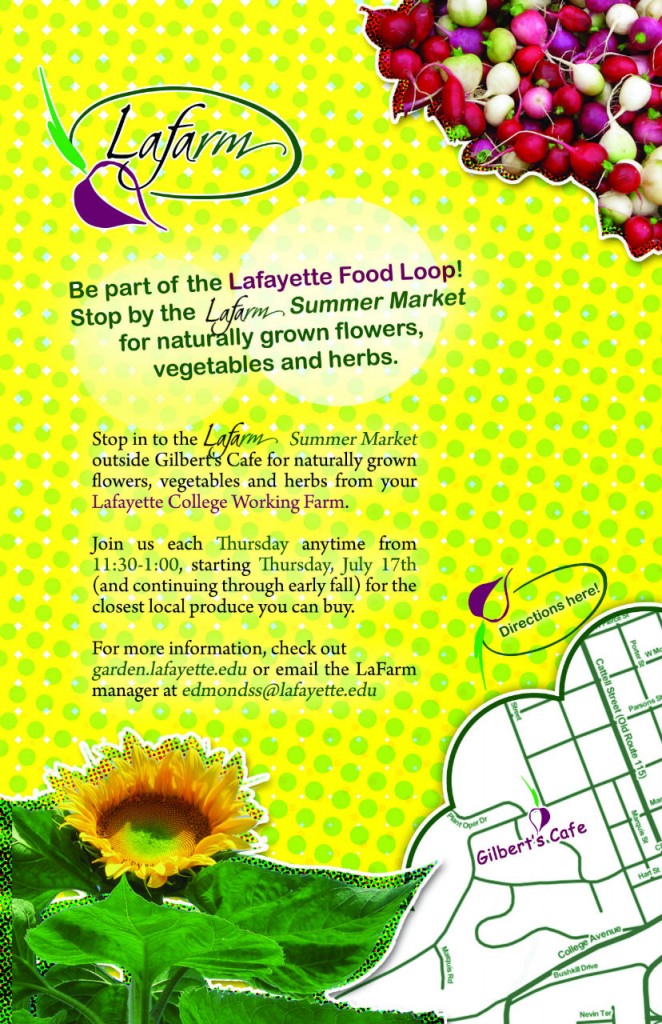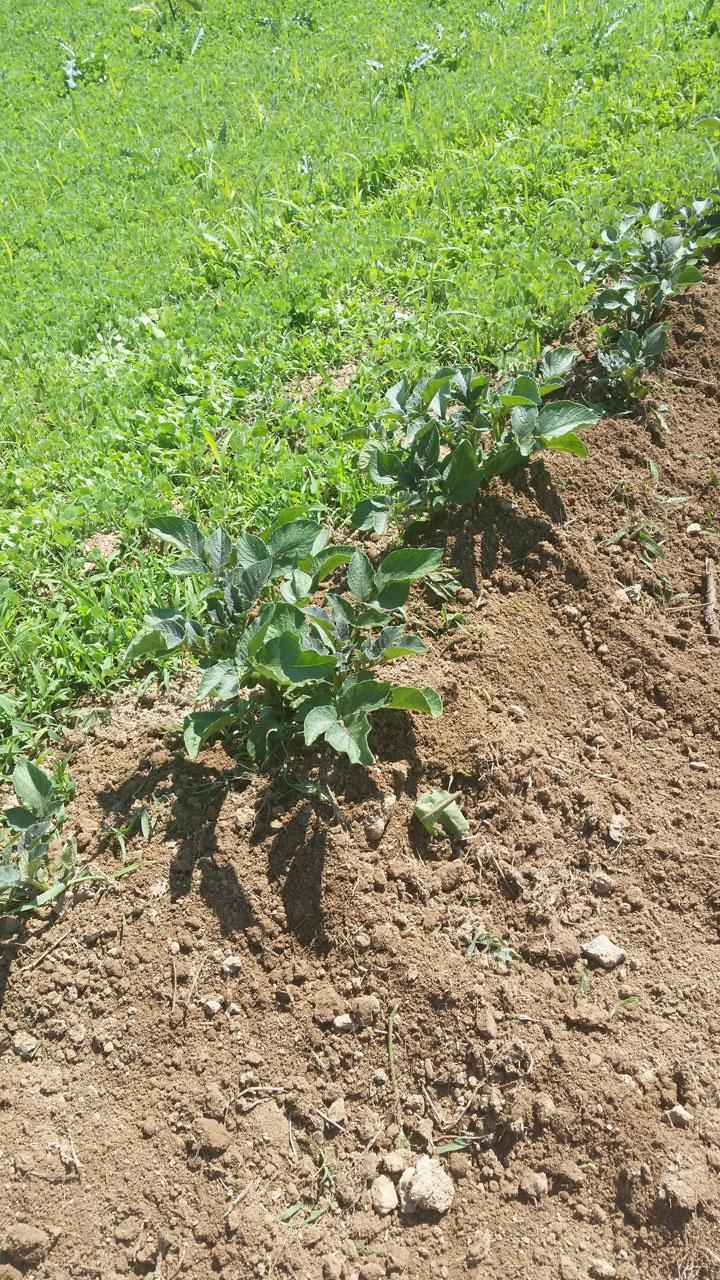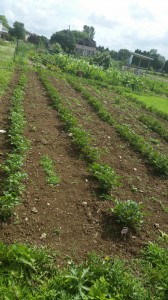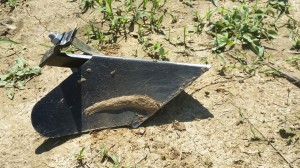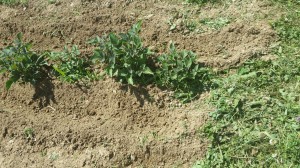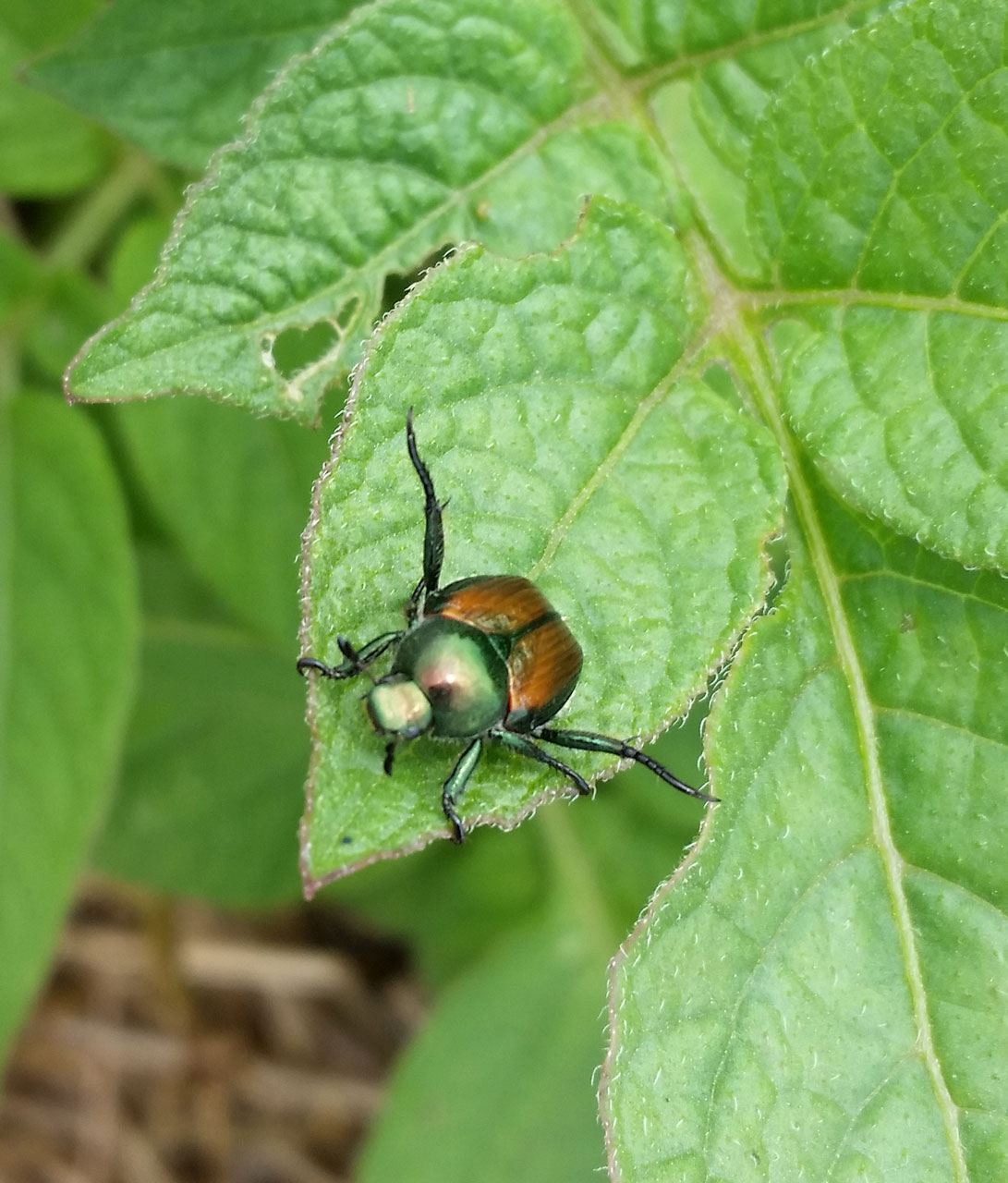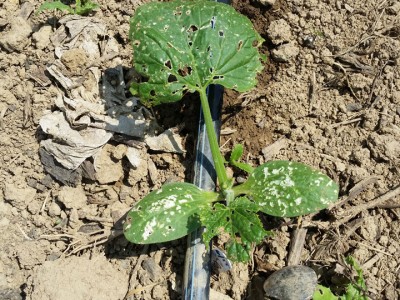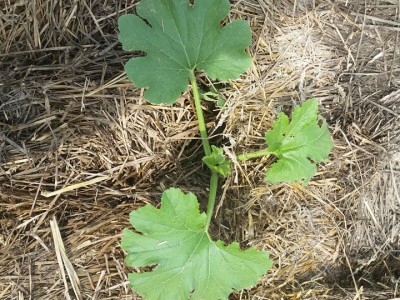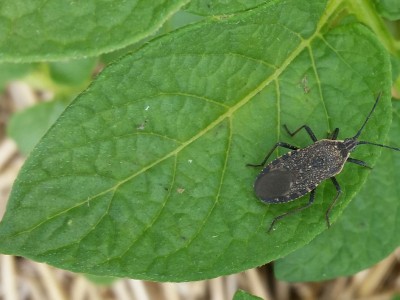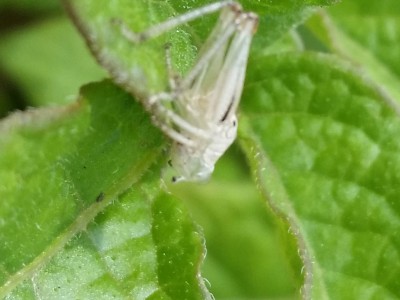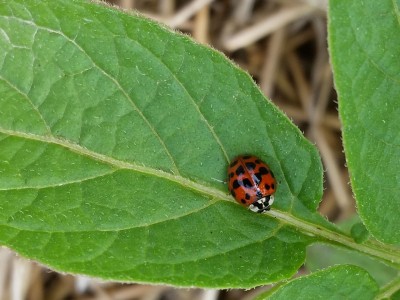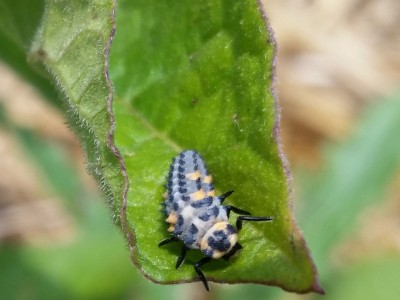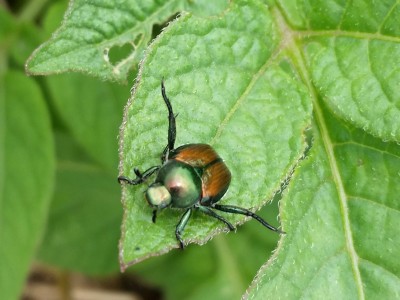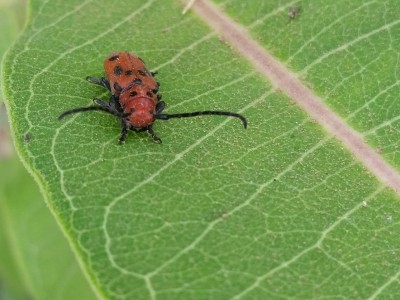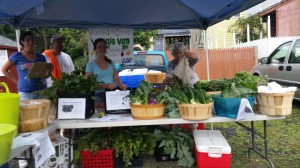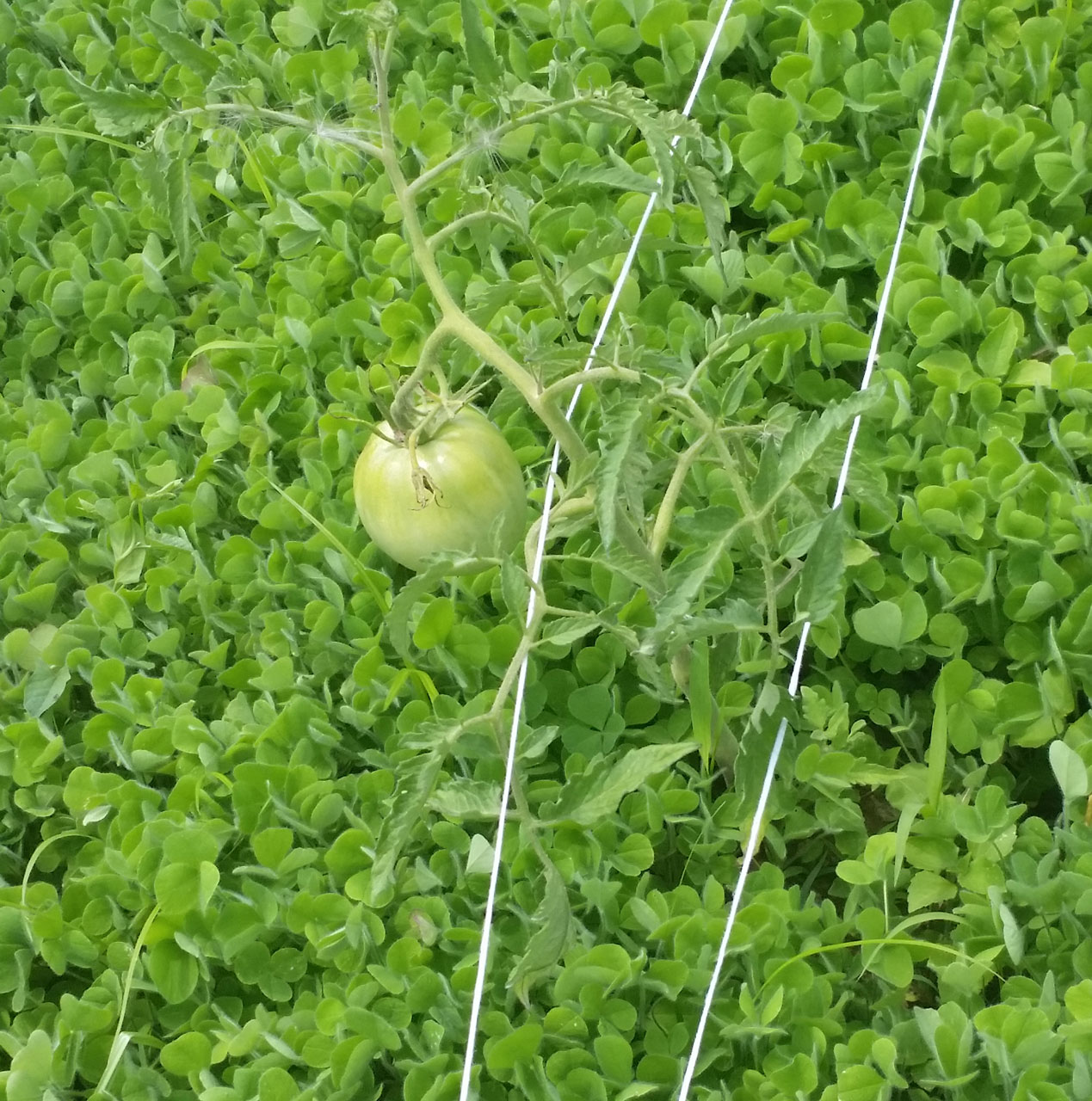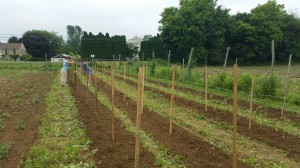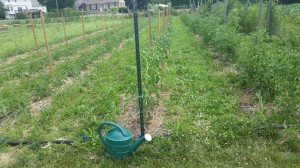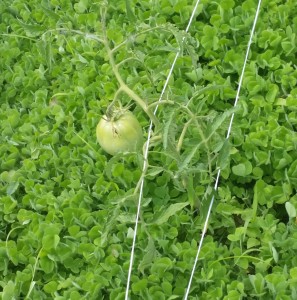A farmer’s job never really stops. There are definitely sudden lurches in the amount and form of work to be done, but even in the dead of winter, the LaFarmers are still hard at work, office farming.
Office farming is the vernacular we use for the plethora of activities farmers need to do in an office to make sure everything goes right on the farm. Probably one of the most important thing farmers can do to support themselves. Definitely more important advancement than a tractor, in my opinion (and it doesn’t guzzle fossil fuel like there’s no tomorrow to boot!)
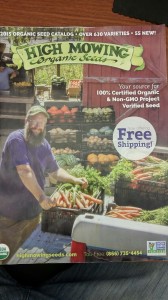
We like High Mowing for their exclusively organic seed collection, their positive business structure, and their ease of reading.
The two things currently on the LaFarm office farm agenda are key to any garden or farm. We are planning what we are going to grow and where. We have some saved seeds from the last few years, but we also have to look in this year’s catalogs for the rest of what we want. Our personal seed catalog of choice is High Mowing (pictured at right) but for some of the crops and varieties they don’t have, or run out of, we turn to Johnny’s Seeds.
Choosing seeds isn’t easy even on a scale like that of LaFarm. There are so many factors to take into account; disease and pest resistance, nutrition, weed resistance, soil type, tastiness, reliability, germination rate, you name it; so farmers often have to be very careful in choosing what will work best. I was tasked with taking a look at our catalogs and creating a preliminary list of varieties that would be useful (pictured at left.) This is only the basis for what will eventually be our seed order, because we to not only confirm which varieties we want, but also determine how much of each we need, and then how much we can afford.
Simultaneously to the seed selection process, we are trying to plan the layout of our fields, which is easier than it could be thanks to our 10 year crop rotation strategy for our main fields, and our several satellite fields for growing whatever crops we need. That’s another thing we start out with on pen and paper, but software helps tremendously to finalize.
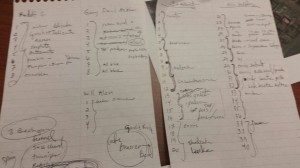
Preliminary, hand written notes which will be the basis of our crop plan this year. To finalize with software we are planning on using the Mother Nature Garden Planner, but there are alternatives like Farm Data and Ag Squared. Many farmers also swear by the adaptability and raw power of Excel to be the only software intense enough to handle a full plan.
These efforts are only the beginning, the metaphorical seeds for our whole 2015 year, but they are important steps. And maybe it’s nice to be able to work away from the blistering sun for some of the year. Long live office farming!
-Joe Ingrao, Winter 2015 EXCEL Scholar
